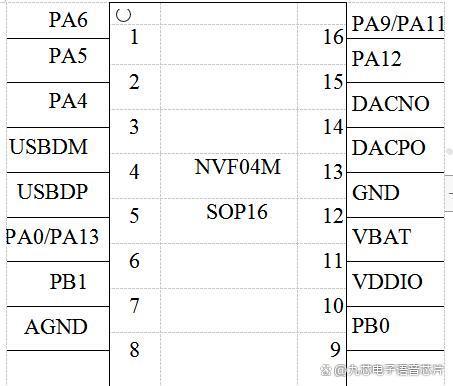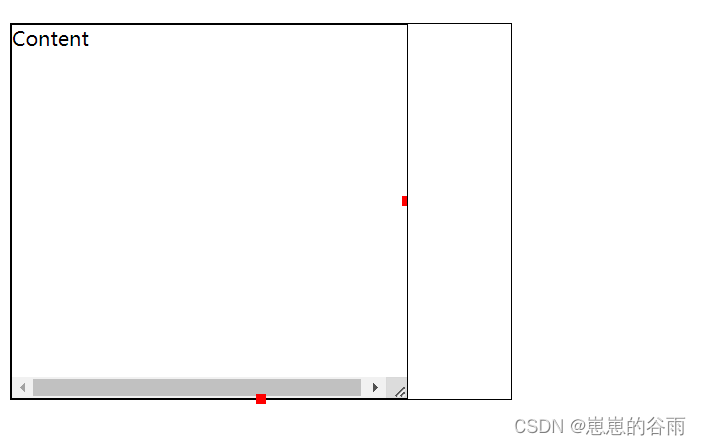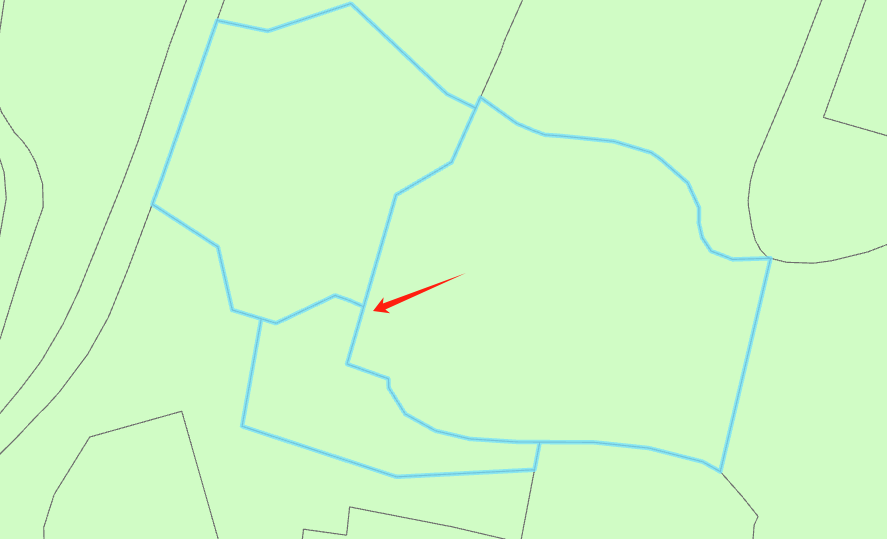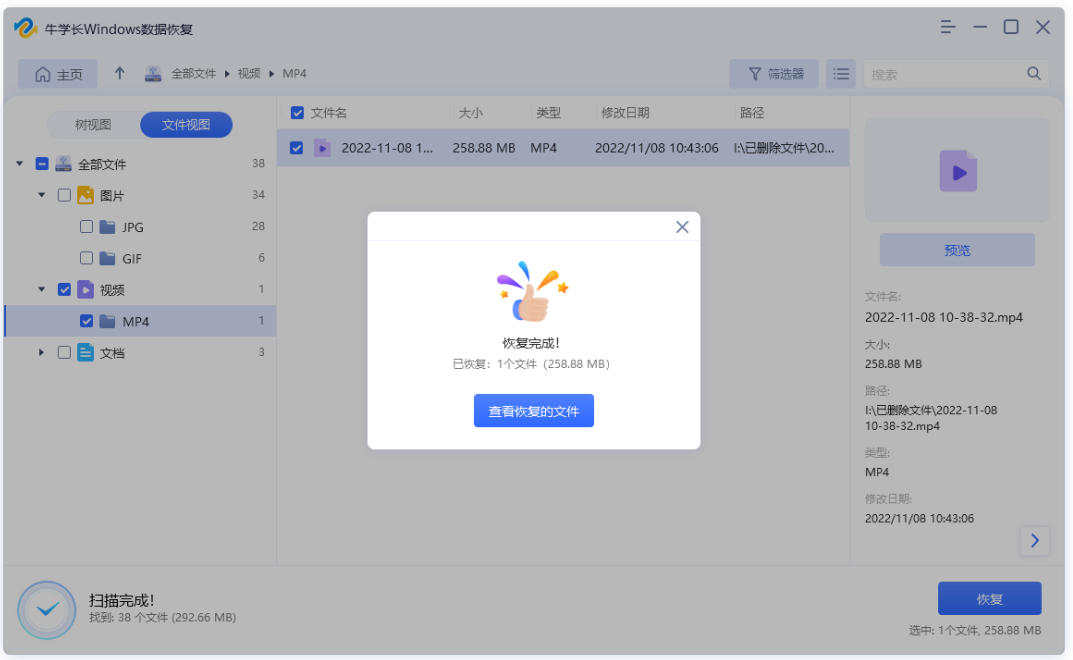1px 问题概述
在移动端开发中,1px 的边框在高 DPI 屏幕上可能会显得过粗,这是因为移动设备的像素密度(DPI)通常比传统的计算机屏幕高。在高 DPI 屏幕上,1px 实际上可能会被渲染为 2px 或更多,这使得边框看起来更粗。为了解决这个问题,我们通常会尝试使用更细的边框,比如 0.5px 的边框。
但是如果直接设置0.5的话,⼀些设备(特别是旧的移动设备和浏览器)并且不⽀持0.5px,这个就是我们常说的:1px问题以及如何画出0.5px边框的问题。
解决 1px 问题的方法
方法一:使用伪元素和 transform
一种常见的解决方案是使用 CSS 的伪元素 (::before 或 ::after) 和 transform: scale() 来模拟 0.5px 的边框。具体步骤如下:
- 创建一个相对定位的父元素。
- 在父元素内部创建一个绝对定位的伪元素。
- 为伪元素设置 1px 的边框。
- 使用
transform: scale(0.5)将伪元素缩小 50%。 - 设置
transform-origin: 0 0确保缩放中心在元素的左上角。
.box {
width: 200px;
height: 100px;
margin: 20px auto;
position: relative;
background-color: #f0f0f0;
}
.box::before {
content: '';
position: absolute;
width: 200%;
height: 200%;
left: 0;
top: 0;
border: 1px solid red; /* 边框颜色 */
transform: scale(0.5);
transform-origin: 0 0;
}
方法二:使用双重边框
另一种方法是使用两个重叠的 1px 边框,其中一个设置为半透明,来模拟 0.5px 的边框效果。这可以通过以下 CSS 实现:
.double-border {
width: 200px;
height: 100px;
margin: 20px auto;
border: 1px solid transparent; /* 半透明外层边框 */
border-bottom: 1px solid blue; /* 实色底部边框 */
}
测试 index.html

<!DOCTYPE html>
<html lang="zh">
<head>
<meta charset="UTF-8" />
<title>测试 0.5px 边框</title>
<style>
.box {
width: 200px;
height: 100px;
margin: 20px auto;
position: relative;
background-color: #f0f0f0;
}
.box::before {
content: '';
position: absolute;
width: 200%;
height: 200%;
left: 0;
top: 0;
border: 1px solid red; /* 边框颜色 */
transform: scale(0.5);
transform-origin: 0 0;
}
.double-border {
width: 200px;
height: 100px;
margin: 20px auto;
border: 1px solid transparent; /* 半透明外层边框 */
border-bottom: 1px solid blue; /* 实色底部边框 */
}
</style>
</head>
<body>
<div class="box"></div>
<div class="double-border"></div>
</body>
</html>


















